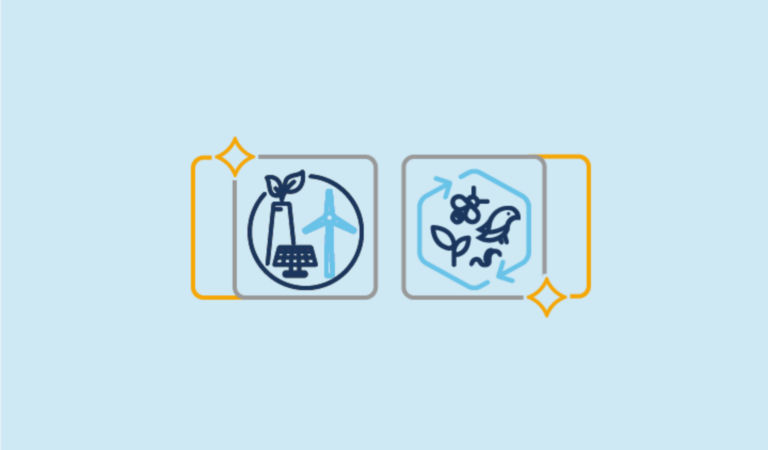Biodiversity
Related to our climate work is our expanding biodiversity research and engagement — specifically on the causes, effects, and potential solutions for preserving natural capital and mitigating biodiversity loss. While human activities have had the greatest impact on biodiversity to date, climate change will likely be an increasing factor. Worsening climate conditions could threaten the world’s natural capital, with potentially significant and unpredictable value-chain risks to many sectors.
Working with Woodwell and the MIT Joint Program, our SI Research Team aims to study biodiversity and the potential effects of biodiversity management on capital markets. Our Biodiversity Working Group is developing a research and engagement agenda that prioritizes the measurement of specific areas within biodiversity, so companies have a more tangible way to engage on the subject.
While broad-based data remains scant, metrics related to land-use change — primarily deforestation for logging or agriculture — are available today. For now, we can engage with companies on their biodiversity impacts and risk exposure in this context. As more data becomes available, we expect to improve our understanding of how companies are considering their biodiversity impacts, what actions they are taking to mitigate those impacts and improve outcomes, and how their actions — or lack thereof — may affect their future value.
Biodiversity fits squarely within our overall ESG engagement approach. Historically, biodiversity loss has been an externality from which producers and users of nature-based products benefited, with the costs borne by the rest of society. This may no longer be the case in the long term. Many sectors, including consumer, utility, and construction companies, already have direct gross value added (GVA) that is highly dependent on nature. Companies in many other sectors have “hidden dependencies” on natural systems throughout their supply chains. We expect to engage with companies on their potential biodiversity risk exposure, including the physical risks of weakening ecosystem services and the transition risks of business activities that can negatively affect those same ecosystem services.
























